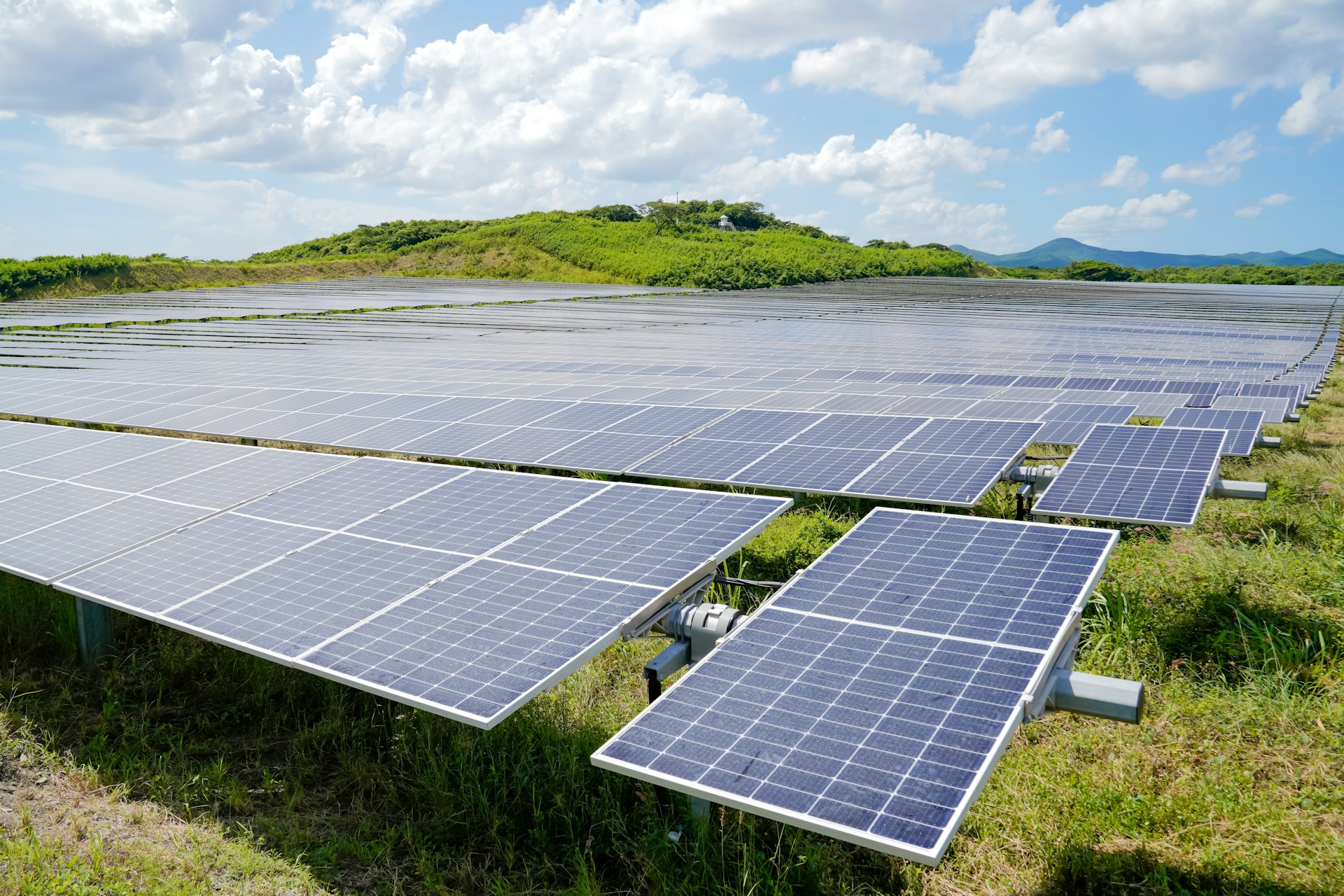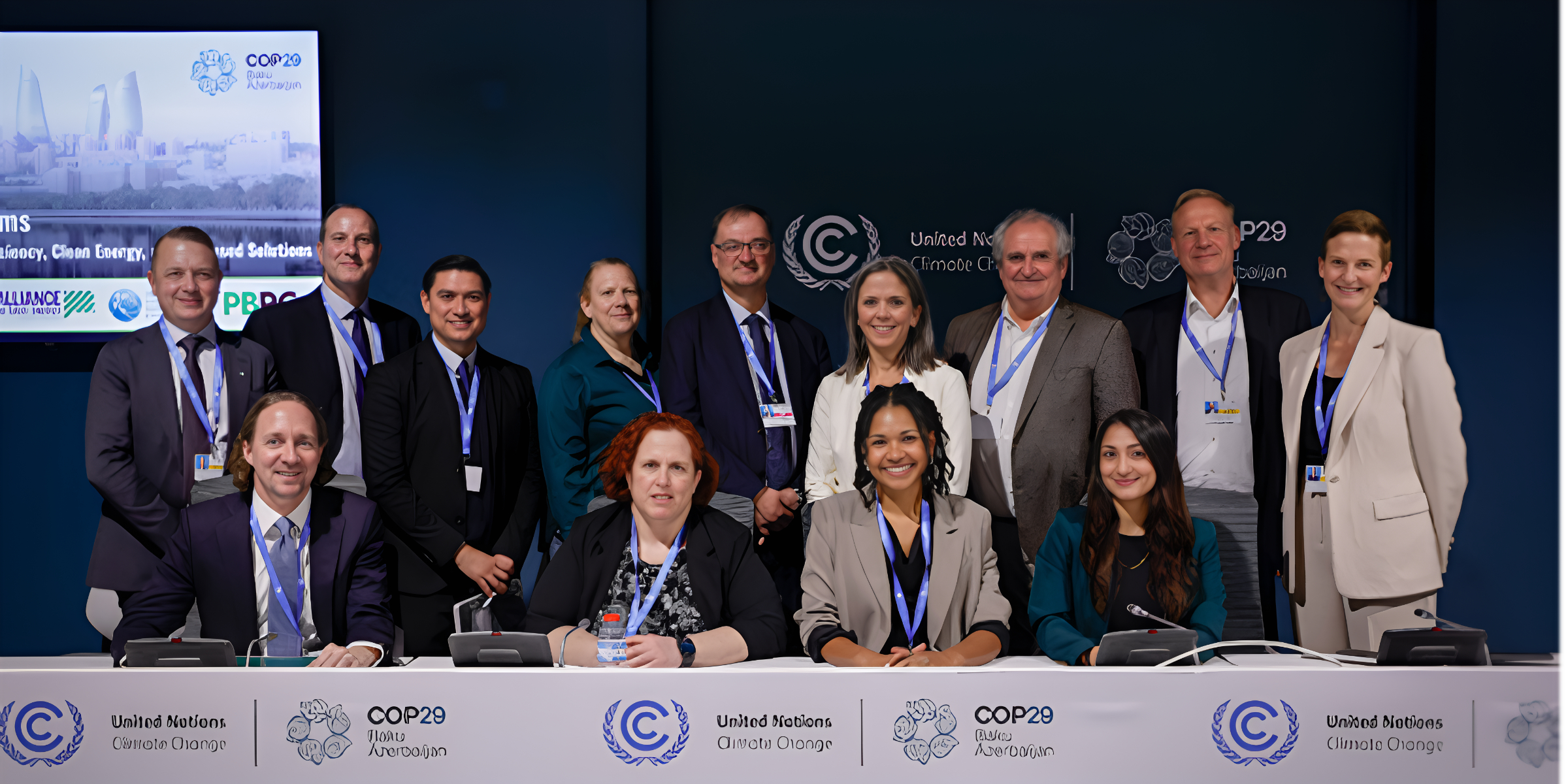“Breaking Down the Bill” Series: Energy-Water Nexus
Let's Save Energy
Alliance to Save Energy's Blog
“Breaking Down the Bill” Series: Energy-Water Nexus

This is the second installment in a blog series that will break down and explore the comprehensive energy bill being debated in Congress now. In the first post of the series, I discussed how building energy codes provisions – the codes that establish minimum efficiency standards for the buildings we live and work in – are playing a major role in the bill.
In addition to the Senate building energy codes provisions, there are many other sections of the two energy bills worth noting for their potential to improve energy efficiency across sectors and boost U.S. energy productivity. Today, let us take a look at another element of the bills: the energy-water nexus. The “nexus” terminology is widely used to convey the idea that human water and energy consumption are inextricably linked. As with many other Alliance priorities, energy-water efficiency policies currently enjoy significant bipartisan support, which we think will help bring House and Senate negotiators together during the energy bill conference.
Alliance Associates are increasingly interested in opportunities to save energy by reducing or better managing water consumption. And so are our energy efficiency champions in Congress. Sen. Lisa Murkowski (R-Alaska), who chairs the Senate Energy and Natural Resources Committee, is the sponsor of a bill—the Nexus of Energy and Water for Sustainability (NEWS) Act—that became part of the Senate package. These provisions would establish an interagency committee to focus attention on energy and water efficiency by coordinating data collection efforts and streamlining information exchange between federal departments and agencies. This new committee, led by the Departments of Energy (DOE) and the Interior, would be charged with developing a strategic approach to the energy-water nexus to maximize investments in research, development and demonstration across energy- and water-consuming sectors. The number of agencies—let alone the count of initiatives and programs—involved is significant, which is why a commitment from Congress is critical.
In addition, the House and Senate bills contain comparable language to establish a “Smart Energy and Water Efficiency Pilot Program” at DOE. This pilot program, co-sponsored in a stand-alone bill by Alliance Honorary Board member Rep. Adam Kinzinger (R-Ill.), would support innovative new technologies that help solve U.S. water challenges. In addition, both bills also include authorizations for EPA’s WaterSense, a voluntary program similar to ENERGY STAR to help consumers make wise—and efficient—purchasing decisions while also reducing water use and mitigating the strain on public and community water systems.
Although these energy-water nexus provisions would generate more modest savings, relatively speaking, when compared to the benefits of Portman-Shaheen and building energy codes, every saved dollar counts—especially in the aggregate or in sectors that have not yet been significantly addressed. Plus, because we all use and consume water in our daily lives, these provisions would lead to savings across the entire U.S. economy. All in all, three more reasons why successful conference negotiations could be a watershed moment for efficiency.
RECENT BLOG POSTS
STAY EMPOWERED
Help the Alliance advocate for policies to use energy more efficiently – supporting job creation, reduced emissions, and lower costs. Contact your member of Congress.
Energy efficiency is smart, nonpartisan, and practical. So are we. Our strength comes from an unparalleled group of Alliance Associates working collaboratively under the Alliance umbrella to pave the way for energy efficiency gains.
The power of efficiency is in your hands. Supporting the Alliance means supporting a vision for using energy more productively to achieve economic growth, a cleaner environment, and greater energy security, affordability, and reliability.



